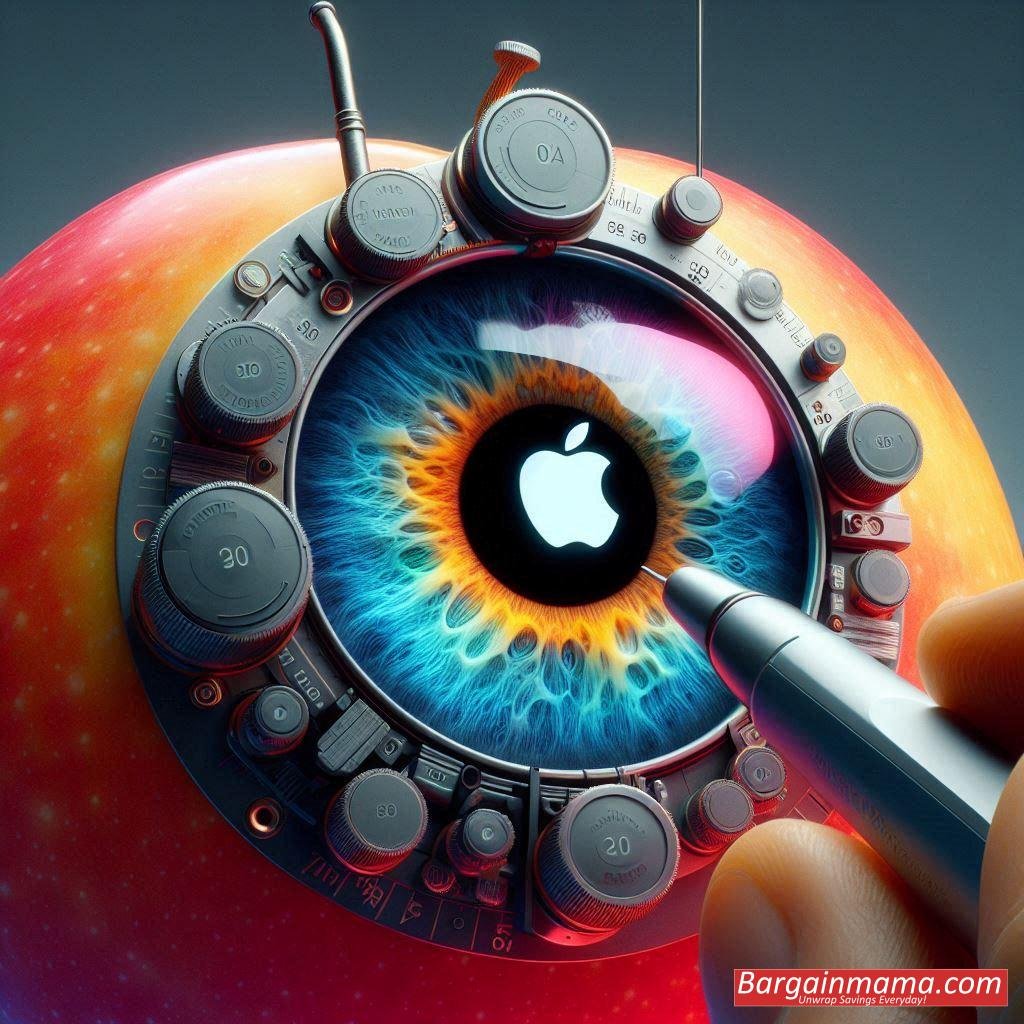The wonder of mixed-reality technology that is Apple’s Vision Pro has captivated the interest of tech aficionados all around the world. However, many prospective customers are apprehensive due to its expensive $3,499 price tag. Because of this, there have been whispers of a less expensive Vision Pro model. However, this possibly inexpensive gadget could have to make some serious concessions.

Reputable Apple insider Mark Gurman revealed in his Power On newsletter that the team developing the less expensive Vision Pro is having trouble cutting costs. Gurman claims that Apple hopes to ship this more reasonably priced headset by the end of 2025, at the latest. This version may cost between $1,500 and $2,000, which is still a significant sum but far cheaper than the price of the present model.
Apple may decide to remove or reduce a number of important features as one of its main cost-cutting measures. Gurman proposes removing the EyeSight display, which projects the user’s eyes onto the exterior of the gadget. Furthermore, the internal virtual reality panels can have lower specs. This implies that, in comparison to the original Vision Pro, customers may suffer reduced resolution and visual quality.
Furthermore, Apple is thinking about utilizing a less potent processor in the less expensive model. Although this might save expenses, it might also affect the headset’s overall performance. Reducing the quality of the augmented reality (AR) passthrough graphics, which let users see the outside world through the gadget, is another possible tradeoff. Any loss in quality might take away from the immersive experience that consumers have come to anticipate from these images, which are essential for a flawless mixed-reality experience.

Apple is investigating a system that would tie the headgear to an iPhone or Mac in an effort to further save expenses. This strategy might reduce the cost of the headset’s component parts by shifting some of the computing power to the linked device. But in addition to the existing wire connecting the Vision Pro’s battery pack, this method adds another one. The fact that the existing Vision Pro is freestanding, which many customers cherish, may make the added tethering a major disadvantage.
Apple’s developers have a challenge in finding the ideal mix between cutting costs and preserving an engaging user experience. There are currently a number of versions of mixed-reality headsets available on the market that cost far less than $2,000, so the Vision Pro must be reasonably priced in order to remain competitive.
Apart from the less expensive Vision Pro, Apple is also developing a replacement for its flagship Vision Pro headset, which was introduced in February. Gurman, nevertheless, suggests that an upgraded version might not receive priority, which might cause its distribution to be postponed until the end of 2026.

Apple’s increased interest in creating smart glasses with solely augmented reality is another fascinating development. The business is dedicated to pursuing this direction even in the face of substantial technological obstacles. Nevertheless, it will probably be years before this AR eyewear becomes available.
Though the idea of a less expensive Vision Pro is alluring, prospective purchasers have to be conscious of the possible trade-offs. Decreases in processing speed, display quality, and the addition of more wires may have an effect on the user experience as a whole. Apple’s task is to make sure that, in a crowded market for mixed-reality headsets, the less expensive Vision Pro nonetheless provides enough value to support its cost. The tech world will be keenly observing Apple as usual to see how it resolves these issues and keeps pushing the boundaries of mixed and augmented reality innovation.



